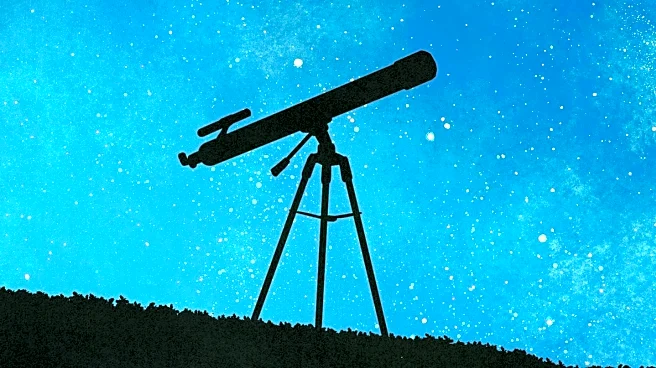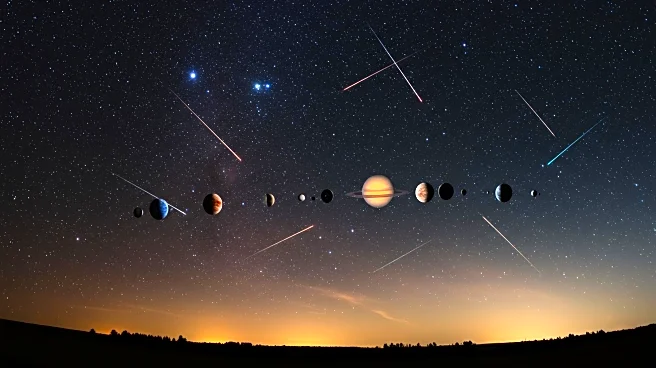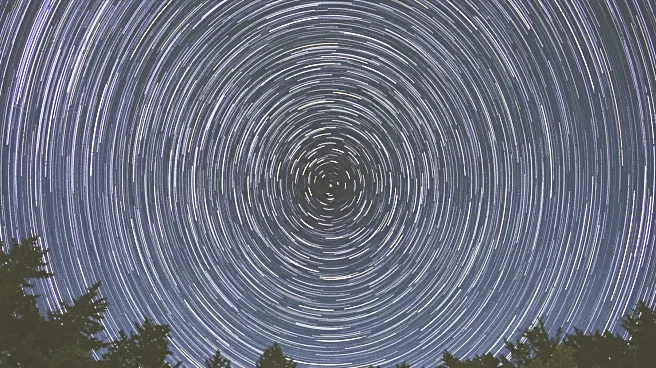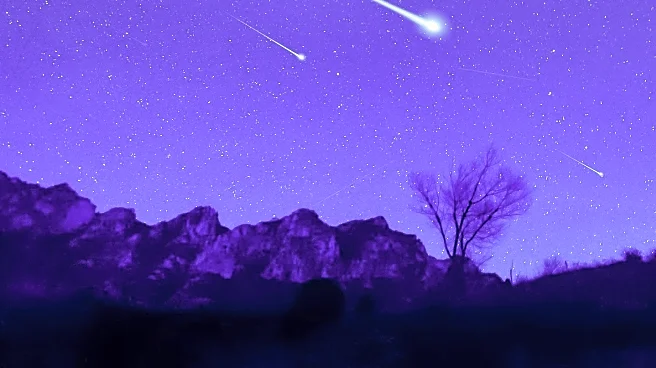Rapid Read • 7 min read
August offers a prime opportunity for stargazing, with several celestial events and phenomena visible in the night sky. The 'dog days' of summer, when Sirius rises in conjunction with the sun, provide a backdrop for observing stars and constellations. Sirius, the brightest star visible from Earth, is part of the constellation Canis Major. Other highlights include the Perseid meteor shower, which peaks on August 12, and the visibility of planets such as Mercury, Venus, Mars, Jupiter, and Saturn. The Dumbbell Nebula, a giant cloud of dust and gas, is also observable during August nights.
AD
Stargazing during the summer months offers a chance to connect with the cosmos and appreciate the beauty of the night sky. Observing celestial events like meteor showers and planetary alignments enhances our understanding of astronomy and the universe. It provides an opportunity for education and engagement with science, fostering curiosity and exploration. Stargazing can also serve as a reminder of our place in the universe and the interconnectedness of celestial bodies.
As the summer progresses, stargazers can continue to observe the changing positions of planets and stars, tracking their movements and interactions. The upcoming Geminid meteor shower in December promises moon-free viewing, offering another opportunity for observing meteors. Enthusiasts can plan for future stargazing events and explore the night sky with telescopes and binoculars.
Stargazing invites reflection on the philosophical and cultural significance of the cosmos, inspiring wonder and contemplation. It challenges us to consider the vastness of the universe and the mysteries that lie beyond our planet, encouraging exploration and discovery.
AD
More Stories You Might Enjoy











